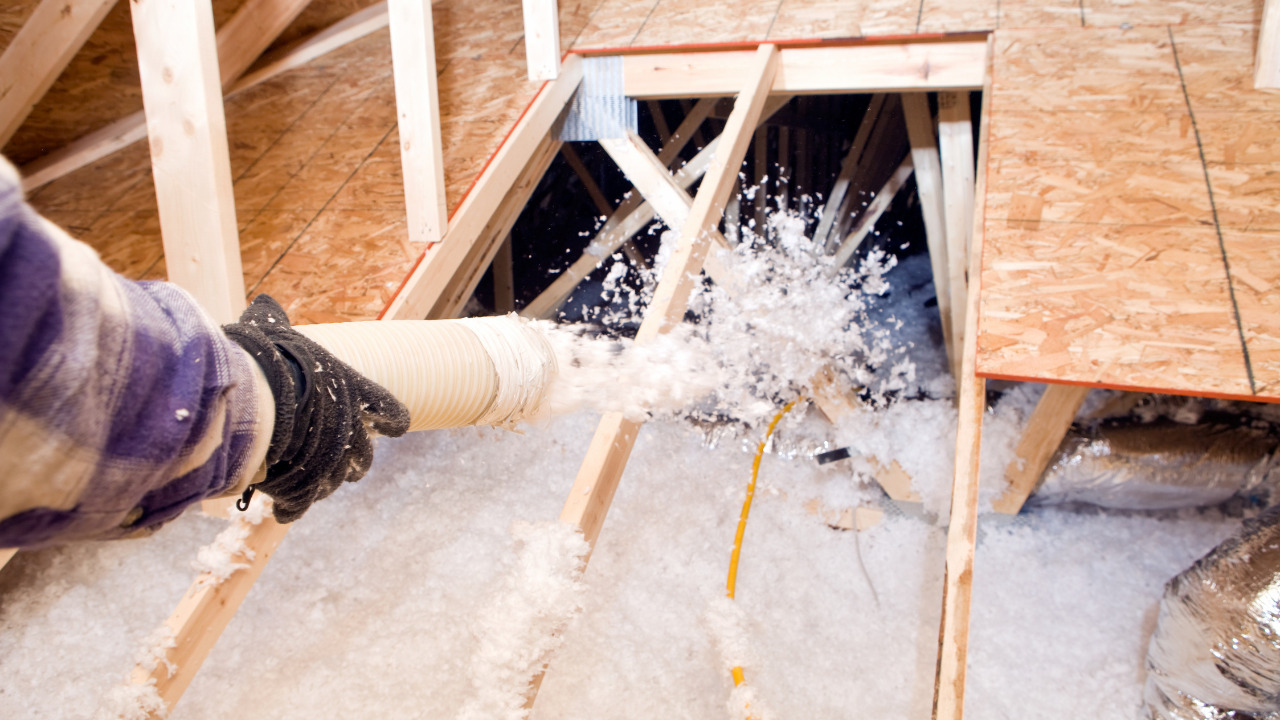Mold is a problem that almost everyone will face at some point in their lives. It might appear at your home or work, and if left addressed, it could cause health problems for you and the people around you. The good news is that there are methods for preventing mold growth, including spray foam insulation.
The following is a step-by-step guide on using spray foam kits. Mold invasion in a home or structure can create health problems, as most people know.
Mold removal and remediation are both stressful and expensive, in addition to the health dangers to inhabitants. Worst of all, mold is sly, and its spread is sometimes undetectable.
The dynamic interaction of warm and cool air inside a home can led to moisture build-up, especially in the attic and basement. Mold thrives in moist environments, and building materials give the necessary nutrition for mold to thrive.
Table of Contents
How To Find Out The Mold?
Taking a closer look at that dark green or black patch on your wall could prevent deadly mold from spreading throughout your home. It’s not always that simple, and mold could be lurking in your attic, cellar, or garage. If you notice a persistent musty stench that refuses to go away, it’s a sign that mold is lurking somewhere in your home.
Mold inhalation can also induce allergy symptoms, including sneezing and coughing. If you suspect mold infestation in your home, you should have an expert inspect it.
Most mold-infested residential structures have air leaks that enable a mixture of warm and cold air to enter, creating a humid atmosphere ideal for mold growth. Spray foam can be used to stifle mold growth and prevent it from spreading further since it is water-resistant and shuts off the mold’s moisture and air supply.
While spray foam is an important component of the answer, appropriate ventilation of high-risk locations around your house should be your first line of defense against mold.
Spray Foam Insulation: An overview
Spray foam insulation is a moisture-controlling spray
Spraying the foam onto surfaces causes it to expand somewhat, filling in gaps and making the region water-resistant, preventing mold growth. It functions as both an insulator and an air sealant.
Open-cell insulation is a less expensive option that has a lower R-value. However, because the open cells enable moisture to leave through evaporation, it is more flexible and can breathe, making it an excellent insulator for wood or other materials like concrete blocks that require fresh air circulation but not water penetration.
Can You Spray Foam Insulation Over Mold?
Yes, you could theoretically spray foam insulation over the mold. However, just because you can do something does not imply you should.
The problem is that spraying foam insulation over mold does not solve the situation. Most premium spray foam insulation on the market today will not support mold growth since there is no food supply for mold to thrive on in the foam itself.
As a result, it can help slow the growth and prevent it from spreading, but it isn’t a guarantee that it will solve your problem. Whether you have mold in your crawl space, basement, or attic, it is better to address the mold problem first before applying spray foam to the area.
What Are The Benefits Of Foam Spray Insulation?
Indoor condensation is controlled, and humidity is reduced using a spray form. When used in conjunction with your HVAC system, you’ll get not just a well-balanced air circulation system, but you’ll also save money on seasonal cooling and heating.
Most mold consulting firms have discovered that spray foam remains mold-free indefinitely when spray foam is sprayed in space, preventing further infestations.
Molds are hazardous to human health, and removing them is costly and distressing. Mold is a stealthy fungus that can go undetected for long periods. As a result, prevention is preferable to cure. Sealing places like the attic can deprive molds of the moisture they need to develop.
Why Do You Need To Resolve The Mold Issue?
Mold can put your family’s health in jeopardy, so it’s not something to be taken lightly. Because mold is created by excessive moisture, locating and repairing the source of the mold, as well as thoroughly cleaning it up, is a key first step in ensuring it does not return.
This could entail repairing leaking pipes or foundation walls before installing foam insulation.
If you elect to spray foam on top of the mold, it will surely slow down and restrict the growth, but it may also cause problems in the future. Spray foam is intended to remain in place with the building for many years, and the mold may still be producing issues in that location.
Conclusion
Spray foam insulation acts as an air barrier, keeping damp external air out while allowing dry indoor air. Spray foam insulation keeps your living area dry and prevents mold growth. Mold can be a major health hazard. Therefore, it’s critical to take the appropriate precautions to avoid it.
If the wall, roof deck or any other sort of structure is damaged over time, the foam may shift or break apart from the rest of the house, which can cause problems with the foam. That’s a worst-case scenario, but keep in mind that it could happen. To summarise, if you have mold, get rid of it first before applying spray foam on top of it.





